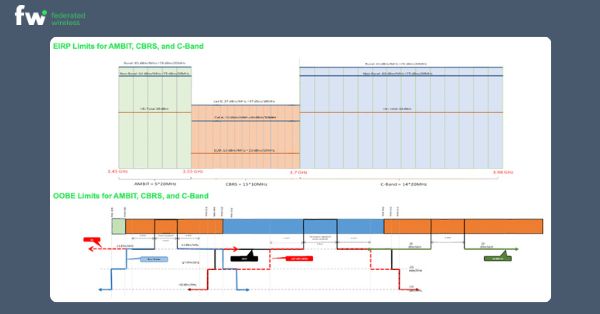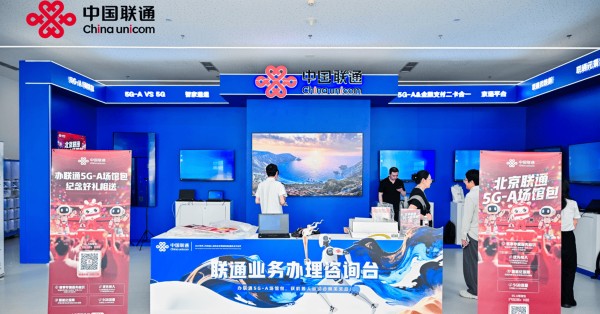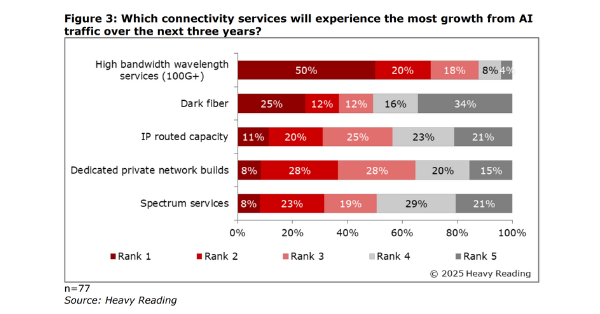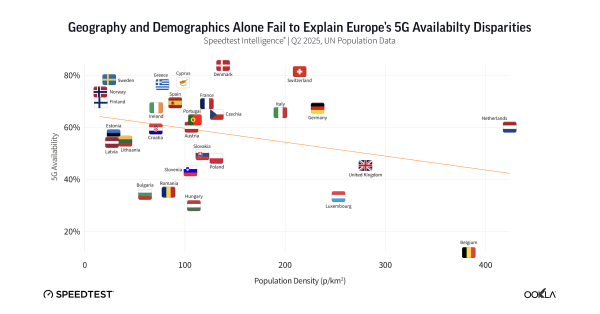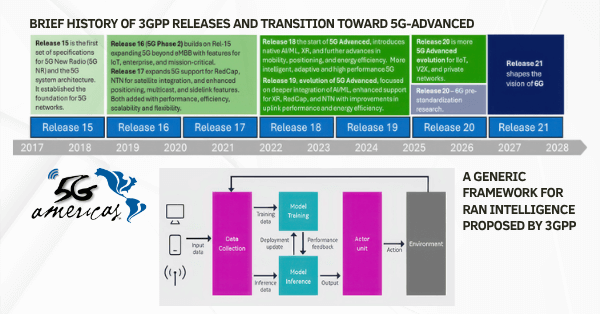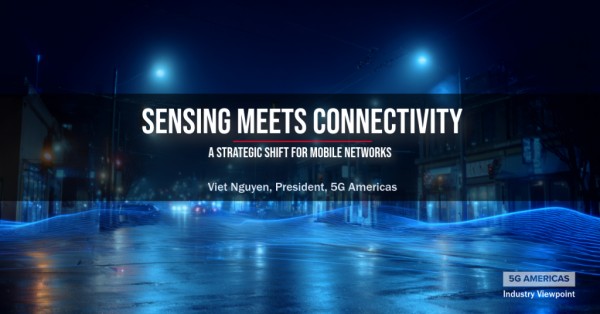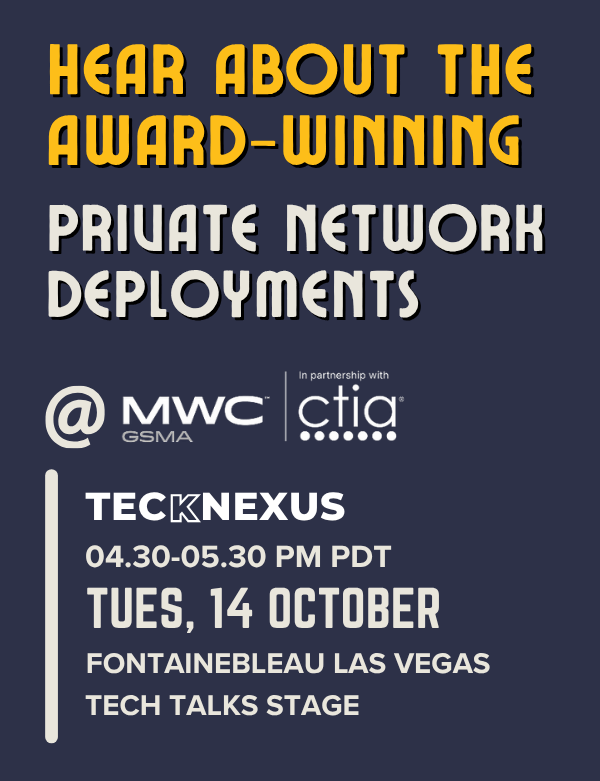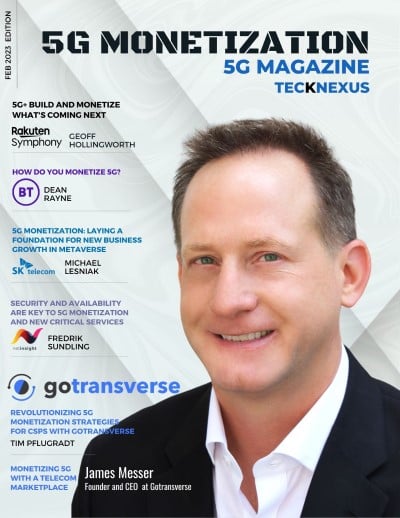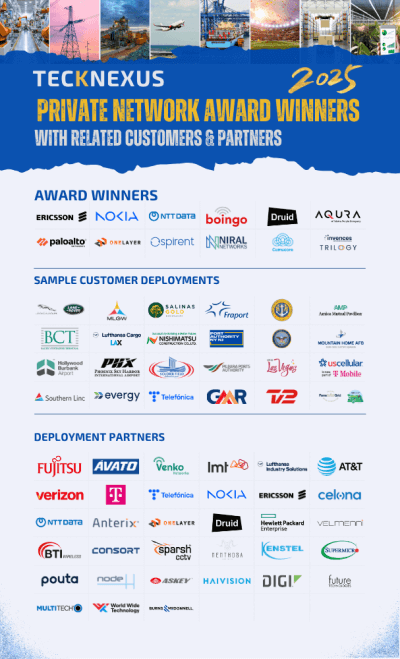- Tech News & Insight
- August 18, 2025
- Hema Kadia
The 4.44.94 GHz range offers the cleanest mix of technical performance, policy feasibility, and global alignment to move the U.S. ahead in 6G. Midband is where 6G will scale, and 4 GHz sits in the sweet spot. A contiguous 500 MHz block supports wide channels (100 MHz+), strong uplink, and macro coverage comparable to C-Band, but with more spectrum headroom. That translates into better spectral efficiency and a lower total cost per bit for nationwide deployments while still enabling dense enterprise and edge use cases.


